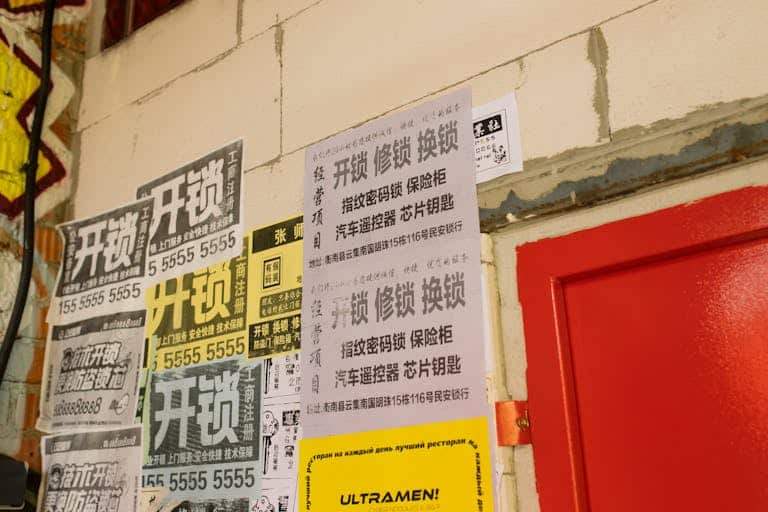Introduction: A Story from the Heart of Reality
In 2012, I was part of a meeting for a construction project that we were responsible for, when a severe dispute broke out between the contractor and the engineer on the one hand, and the architectural contractor on the other hand. The problem escalated to the point that we had to resort to the project’s legal advisor. Then the advisor began to exaggerate matters in an exaggerated manner, which led to signs of fear appearing on the owner’s face. The goal of this exaggeration was to push the owner to sign a consulting contract with the lawyer on costly terms. A week later, we met again, and this time the lawyer took advantage of the psychological pressure on the owner and told him that the judiciary would not be on his side, using a popular phrase: “Oh land, calm down, you have nothing to lose.” As a result of this pressure, the owner signed the contract even though he knew internally that the matter was not in his favor.
This story is not about the lawyer per se, but it highlights the professional code, or in other words, professional ethics that must ensure justice and fairness in all specializations, whether in law, architecture, or any other field.
1. Concept of the Professional Code
The professional code is a set of ethical principles and behavioral standards that regulate professional practices. It aims to control the actions of professionals, ensure their integrity and honesty in work, while protecting the interests of clients and society as a whole.
In the field of architecture, the professional code is the basis on which the architect, contractor, and consultant must proceed, so that decisions are based on professionalism, not on personal interests or financial pressures.
2. Importance of the Professional Code to Society
- Protecting clients and consumers: Ensures that they are treated transparently without exploitation.
- Promoting integrity: It imposes on professionals a commitment to ethical responsibility.
- Reducing corruption: Prevents the exploitation of power or job position to achieve illicit gains.
- Achieving fairness in professional competitions: especially in tenders and competitions, as it ensures that there is no bias or favoritism.
- Building trust: When professionals adhere to ethical rules, this enhances the community’s trust in them.
3. The Code of the profession in engineering and architecture
In the field of engineering and architecture, there are many violations of the code of the profession, including:
- Supervisors exploiting their positions: Some supervisors exploit their authority in approving materials in exchange for bribes.
- Manipulating architectural tenders and competitions: Sometimes projects are chosen based on personal considerations rather than the best quality and design.
- Hiding defects from clients: Some architects and contractors manipulate specifications, which leads to future problems in buildings.
- Breach of contracts: Some items are ignored without informing the client, which leads to legal problems later.
4. International models for respecting the professional code
Some countries apply strict laws to ensure respect for the professional code, the most prominent examples are:
- United States: The American Institute of Architects (AIA) imposes strict rules that prevent manipulation of competitions and tenders, and whoever violates them will have their name removed from the register of architects.
- Britain: Architects abide by the professional code imposed by the Royal Institute of British Architects (RIBA), which ensures integrity and ethical commitment.
- France: The French government punishes contractors who do not abide by construction conditions and professional standards with huge fines of up to millions of euros.
5. How can the professional code be strengthened in architecture?
- Imposing strict laws: There must be clear penalties for fraud and cheating in projects.
- Raising awareness among professionals: Architects must be trained on the importance of the professional code and its impact on the future of the profession.
- Stimulating transparency in contracts and tenders: to ensure fair competition.
- Promoting a culture of reporting corruption: so that any engineer or architect feels able to report any dishonest practices without fear of consequences.
6. The impact of violating the professional code on society
When the professional code is violated, significant negative effects occur, including:
- Loss of confidence in professional institutions.
- Wasting public funds on incomplete or fraudulent projects.
- Deterioration of the quality of buildings and infrastructure due to non-compliance with standards.
- High rates of corruption in the engineering and architecture sector.
Conclusion
Ultimately, the professional code is not just a document, but rather an ethical and human commitment that every professional must adhere to. The architect, contractor, lawyer, doctor, and others are all responsible to society and to themselves in maintaining the integrity of the profession.
If the profession loses its ethics, it loses its value, and therefore building a professional environment based on integrity and credibility is essential to maintaining the quality of architectural projects and ensuring a bright future for society.







